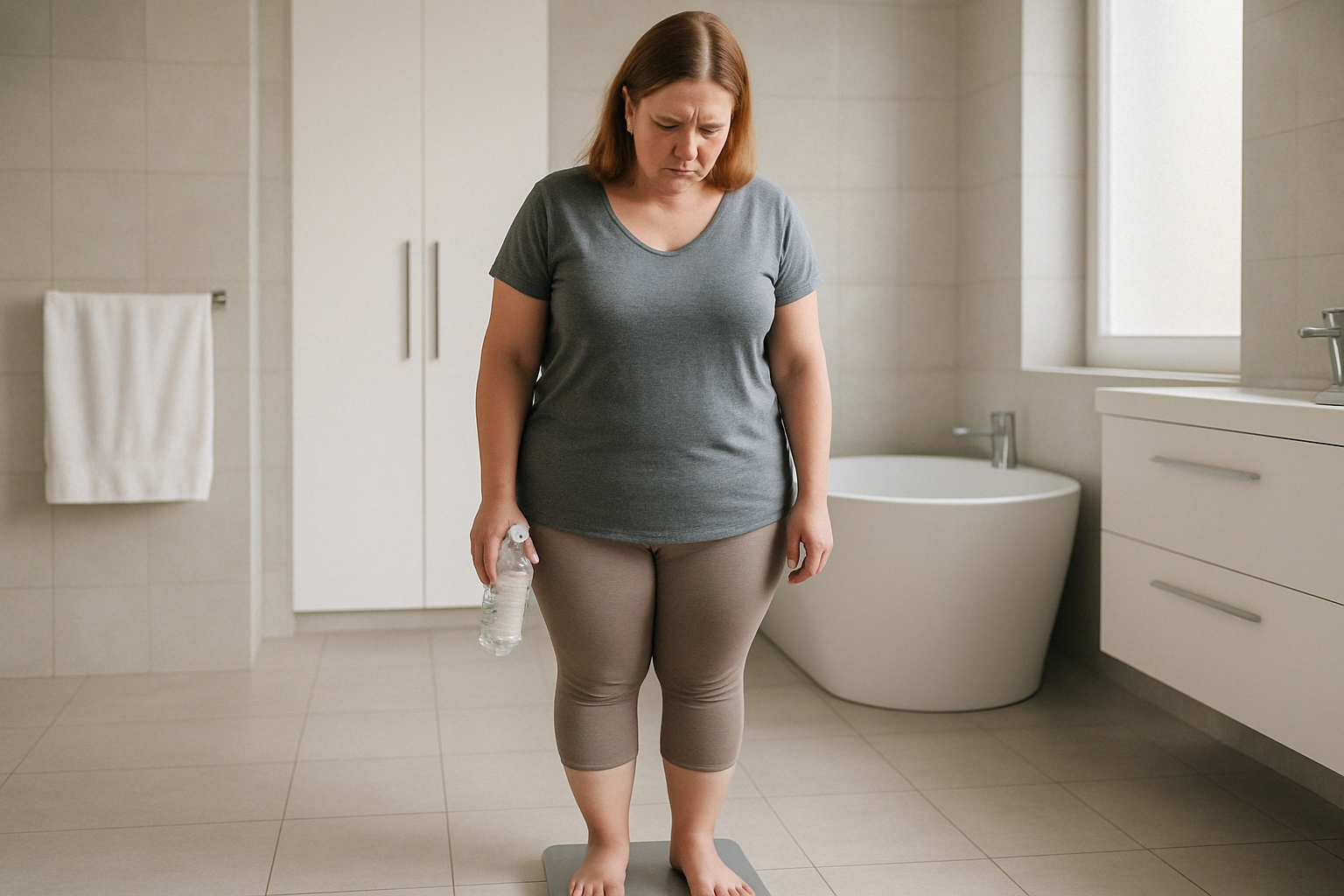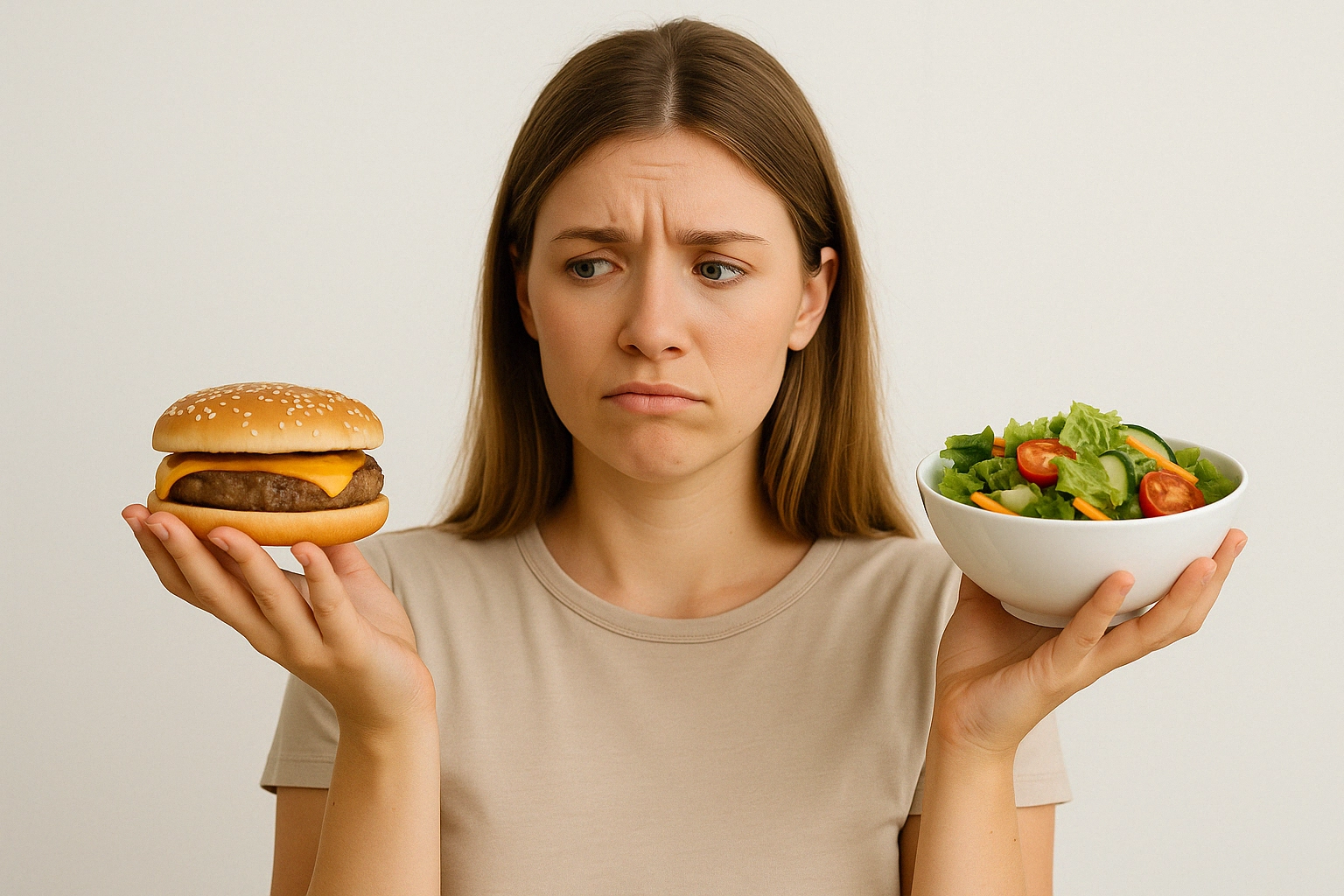Understanding Insulin’s Role in Belly Fat Storage
Alright, let’s break this down in a way that actually sticks. Imagine your body has two “batteries.” A big one? That’s your fat storage. A teeny one? That’s your sugar reserve in the liver. Now, here’s the kicker — the average lean person walks around with close to 100,000 calories tucked away as fat, and only about 1,700 calories of stored sugar. That’s nearly 60 times more fat than sugar. So obviously, we’d want to tap into the bigger reserve, right?
But — and this is the catch — you can’t even get to that fat until you drop insulin levels. And that’s where intermittent fasting steps in.
Top Intermittent Fasting Tips to Lower Insulin and Burn Fat
Everything you’re about to read revolves around one thing — reducing insulin enough to flip your system from sugar-burning to fat-burning. Alright, here’s how you make that switch smooth and efficient.

Use Apple Cider Vinegar to Lower Insulin and Aid Fat Loss
You’d be surprised how effective this is. Just 2 tablespoons of ACV in a glass of water, once or a few times a day. Why? Because it helps lower your blood sugar and brings down insulin. And since insulin’s the hormone that locks in fat, lowering it is a huge win. It’s cheap, easy, and something literally anyone can pull off.
Combine Intermittent Fasting with a Low-Carb Diet for Faster Fat Burning
Okay, so intermittent fasting alone helps a bunch. But if you also ditch the carbs, it’s like flipping a switch. This combo speeds up fat burning big time. In fact, once your body shifts over, your hunger practically disappears — and that’s how you know it’s working.
Begin with Healthy Fats, Then Transition to Fat Burning
This one’s clever. In the beginning, load up on healthy fats to keep cravings in check. But as weeks pass and you’re not as hungry anymore, start easing back on the fats. That way, your body begins using its own fat for energy, not just what’s on your plate. Sneaky, but smart.
Improve Sleep Quality to Enhance Fat Loss During Fasting
People always talk about exercise, but the real hero for reducing stress (which messes up your sleep and keeps insulin high)? Physical work. Clean the garage. Rake the yard. Fix something. Moving with purpose actually clears your head better than just jogging in place — and you get stuff done at the same time.
Maximize Fat Burning with Fasted Workouts
So here’s a cool fact: there are over two dozen studies showing that exercising on an empty stomach helps you torch more fat. Ideally, mix some higher intensity workouts twice a week, and on the rest of the days just walk — long and slow. Don’t overthink it, just move.
Maintain Electrolyte Balance with Adequate Salt Intake
When you start fasting, you lose water weight — and with it, electrolytes. Especially salt. Without enough salt, you’ll feel sluggish, foggy, maybe even cranky. Sleep suffers too. A simple fix? Just sprinkle a bit more sea salt on your meals. You’ll notice the difference, especially early on.
Listen to Your Body: Adjust Fasting Window Based on Hunger
This is the golden rule. Don’t eat just because the clock says so — wait until you’re actually hungry. Everyone’s different, and pushing too hard too soon can backfire. But once your body adjusts and starts running on fat? You’ll feel clear-headed, energized, and — bonus — your belly fat starts vanishing.





